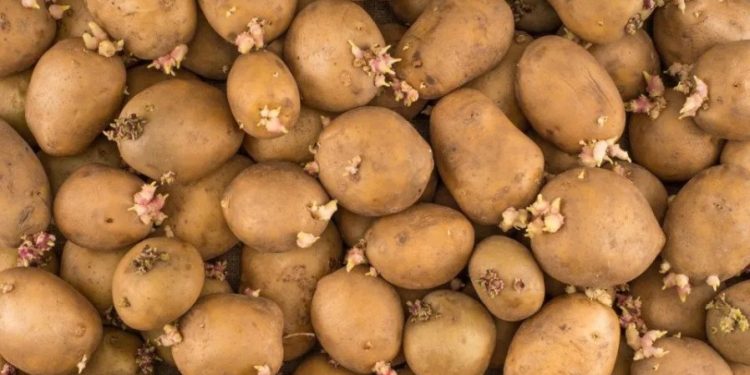@jorgeluisalonso
#Potatostorage #Sproutdevelopment #Sustainablesolutions #Predictivemodels #Climatechange #Agriculturalresearch
Potatoes are a crucial part of the global food supply, and long-term storage is necessary to ensure a year-round supply of high-quality potatoes. However, this storage can lead to sprouting, affecting potato quality. Although various approaches exist to combat this issue, selecting potato varieties with long dormancy periods appears to be the most sustainable solution. But predicting potato dormancy is complex, and Agroscope, the Swiss centre of excellence for agricultural research, used multi-year and multi-environment trials of potato varieties to identify the main factors influencing potato dormancy and develop predictive models for efficient sprouting prediction.
Agroscope’s study involved testing 537 potato varieties at five experimental sites over 25 growing seasons between 1990 and 2014. The researchers developed a predictive model for potato dormancy using univariate and bivariate linear regression, with the most effective model including variety class and the sum of daily maximum air temperatures from planting to harvest as fixed effects. The bivariate model developed, including daily maximum temperature, proved to be an accurate predictor of dormancy.
Variety was found to be the main determinant of dormancy, followed by year and location. Thus, the temperature experienced during the growing season had a significant effect on the dormancy period of potatoes. The model developed is a promising tool for anticipating the effects of climate change on potato storage and taking appropriate measures to mitigate any negative consequences.
Selecting potato varieties with extended dormancy could be a worthwhile pursuit in the search for more sustainable potato storage solutions. The predictive models developed by Agroscope offer a valuable tool for potato storage management and will assist in mitigating the negative consequences of sprouting during long-term storage.

